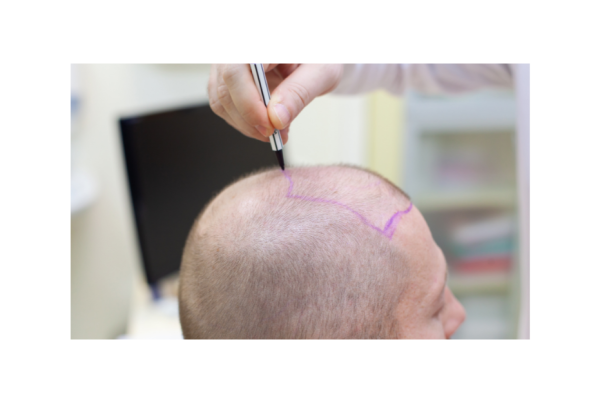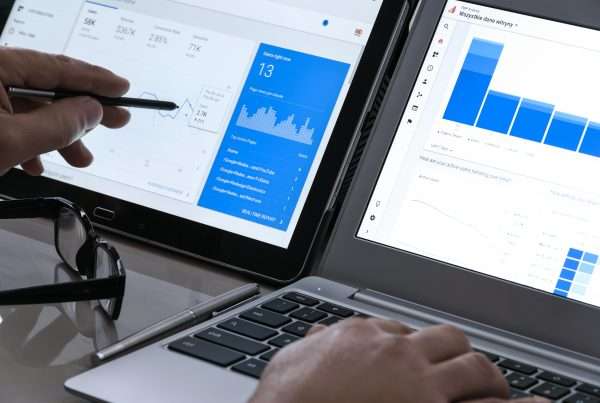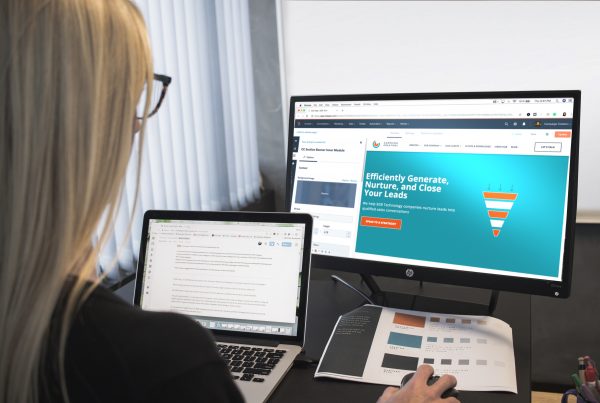2018 is well behind us. Now is a perfect time to gather your 2018 PPC data to determine what needs adjusting for 2019.
While conversion rates and cost per click are important metrics, they shouldn’t be your only concern. PPC strategists often overlook one critical component of their campaign strategy: the CTA, or call-to-action.
The thing is, you can’t choose a static CTA and expect amazing results from your PPC campaigns. CTAs need to be dynamic and fluid enough to appeal to your customers, as well as take advantage of new features on your ad platform.
5 Tips for PPC Call-To-Actions
The right CTA will bring interested and engaged users to your site. But if you fail to follow PPC CTA best practices, you could be overpaying for low-value impressions.
You pay a lot of money for your site visitors. CTAs are what persuade your customers to click through. Since the CTA leads to a conversion, we should all be obsessed with optimizing our CTAs.
Follow these five best practices while writing your 2019 CTAs. You never know: it could make the difference between PPC success and failure.
1. Watch Your Audience
Audience is a primary concern for PPC strategists. The great news is that most PPC platforms enhanced their personalization offerings in 2018.
The proliferation of AI and machine learning mean you can get custom insights into how humans interact (and will interact) with your CTAs. The goal is to predict your audience’s intent so you can formulate PPC CTAs that deliver their needs.
When it comes to your 2019 campaigns, watch your segmentation. Try creating personalized CTAs for each audience segment. Next, drill down even deeper within that segment with split tests.
Split testing and segmentation are extra work, but they yield amazing PPC ROI. If you want to drive conversions and engagement, audience is the name of the game.
2. What are your goals?
Campaign organization and hierarchy are critically important for PPC CTAs. For example, it’s tempting to run all of your PPC under one campaign with separate CTAs. But this is a huge disservice to your investment in PPC.
Let’s say you’re running a campaign for a computer repair business. You have two main goals: to have users download a free checklist and to have them call for an estimate.
Don’t combine these two CTAs under one campaign. They each require completely unique messaging and landing pages. If you combine them under one campaign, the campaign as a whole will be too unfocused, diluting your efforts.
Instead, create a single campaign for each business goal. In this scenario, you would create separate campaigns for the free download and another for the phone call.
This keeps your campaign focus narrow and deep. Focused, relevant CTAs help you understand and address customer pain points for better ROI.

3. Experiment With Your Language
A vague “learn more” CTA is unlikely to engage your audience. Switch up your CTA phrasing. For example, instead of a “learn more” button, try action words that are more descriptive like “subscribe,” “download,” “watch,” or “listen.”
Remember, change up your CTA phrasing. Customers are wise to salesy language, so always split test your CTAs to see what performs the best. Use this data for all of your campaigns beyond 2019 for even better PPC outcomes.
You also need to repeat the desired action multiple times in your ad. We know this is tough for PPC because you have such limited space; but it’s critical to repeat the CTA in the ad copy if you want to make the user’s next steps crystal clear.
Let’s say your CTA is “download your checklist.” Use this language in the PPC ad text itself. The most effective way to repeat your CTA is to highlight the benefits of the CTA. You might write, “Save more time and money with this free resource. Download your checklist now.”
By front-loading the benefit, you catch the user’s eye and immediately spell out how you can help them. The CTA itself makes it even clearer that the user should click through for a download.
4. Customize Your Campaign
PPC platforms are built to serve your needs as an advertiser. Are you using platform features to your advantage?
If you use Google Ads or Bing Ads, check your ad extensions. These are relevant site links you display along with your PPC ad. Consider driving home your CTA with a site link to your actual free download or contact page.
Although “learn more” is a popular choice for CTA buttons, you can customize these. Use language that’s as specific and detailed as possible.
A good rule of thumb is to use action verbs that describe what the user will do on your page. “Contact us,” “download your freebie,” “listen now,” or “call now” are better options than a vague “learn more.”
Remember, every ad platform has its quirks. Sometimes Google Ads will give you a third line of ad copy. But guess what?
This third line doesn’t always appear on the SERP. Know best practices for your platform. In this case, try to be as simple and succinct as possible, so your entire message displays in the SERP.
5. Measure and Optimize
CTAs are just as important as your bid strategy and audience targeting. That’s why you absolutely have to measure and continuously optimize your CTAs.
Have a protocol in place to analyze your conversion rate. If you use call extensions, be sure to set up a unique phone number for the call extensions. This will help you prove when your “call now” CTA was actually effective.
Optimize your landing page, too. You can have a great CTA, but if your landing page doesn’t deliver on your promise, the user will bounce and you’ll pay for an irrelevant click.
Make sure the language and offerings on your landing page match up with your CTA. If you say there’s a free download for users, there needs to be a free download on your landing page.
This affects not only your conversions but also your Quality Score. Always align your CTA with a unique, relevant landing page that gets you more engagement and quality clicks.
The Bottom Line
Now’s the time to optimize your 2019 PPC campaigns. You have a trove of data from 2018; put it to good use! Check out your old campaigns and restructure them for clever, revenue-boosting CTAs.
Need help with your PPC campaign? No problem. Logical specializes in PPC campaign management. Give us a ring to strategize your next campaign.








